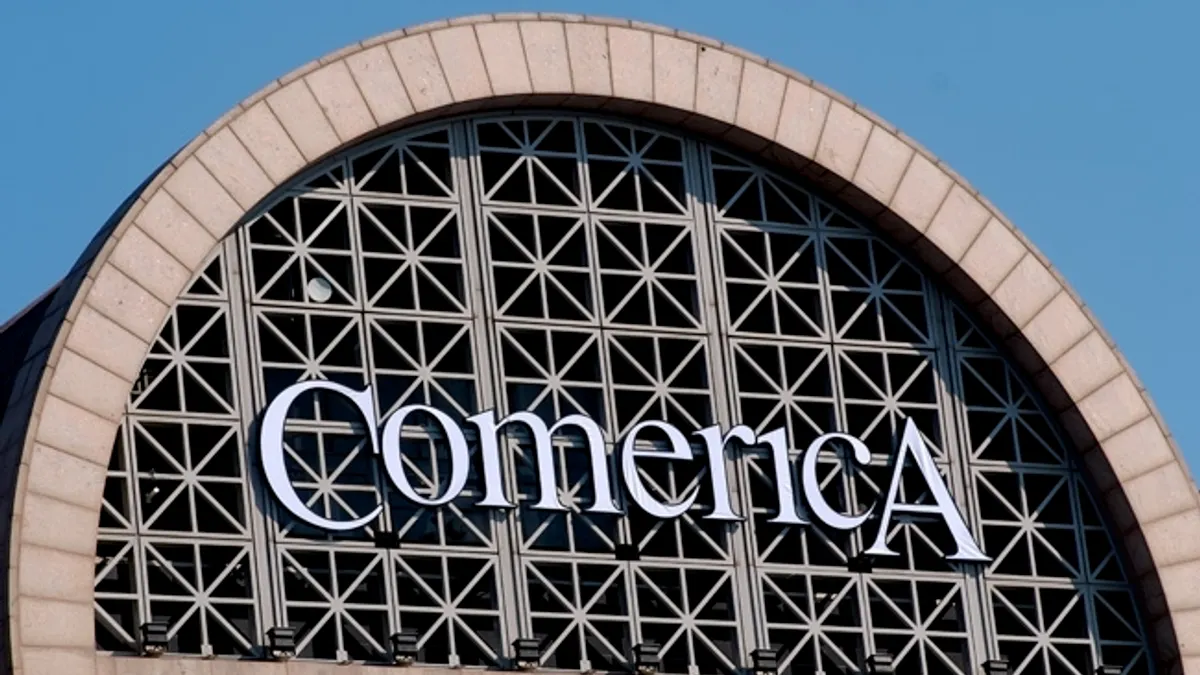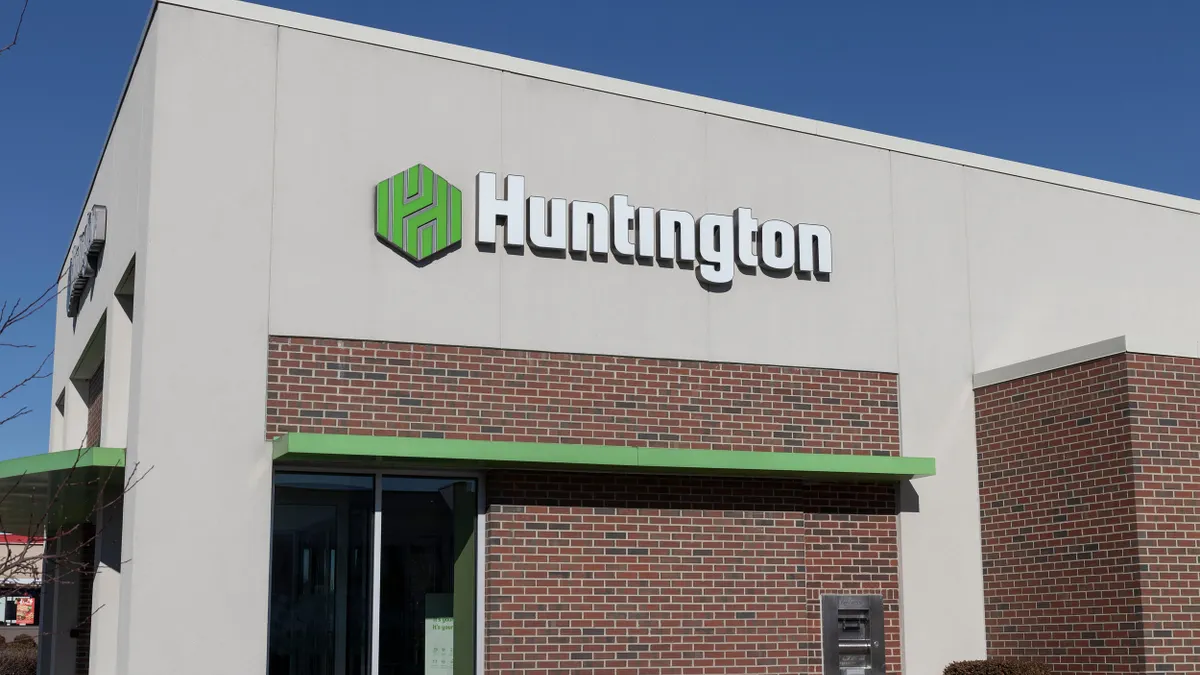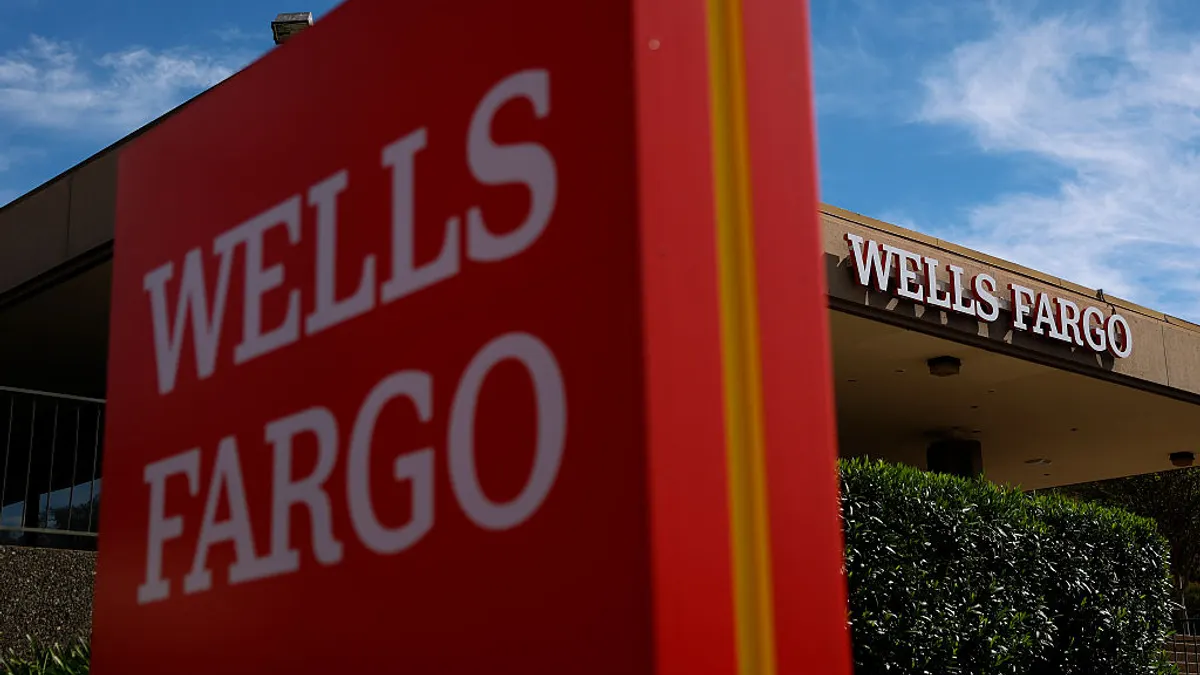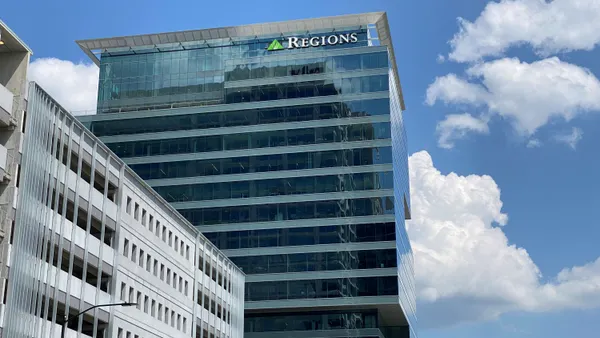Hurricane season is Chris Hill’s least favorite season.
Hill, PNC’s mobile branch manager, said the Pittsburgh-based lender sees an increased need for its mobile branches to respond to affected areas within its branch footprint, as natural disasters such as hurricanes have grown more intense and frequent.
Last year, hurricanes Beryl, Helene and Milton affected operations within PNC’s footprint, and the bank deployed mobile units to eight locations affected by those disasters. Other lenders operate such vehicles, including Truist and First Horizon, who also deployed mobile branches to western North Carolina in the wake of Helene.
Hurricane season began this month and runs through the end of November.
“Our purpose is to make sure that we minimize any disruptions for the communities we serve, as quickly and as physically safely as we can do that,” Hill told Banking Dive last week.
The super-regional has 22 trucks in its fleet today, some of which also head into 10 of PNC’s markets as part of the bank’s community outreach program, to offer financial education to low- to moderate-income consumers.
Editor’s note: This interview has been edited for clarity and brevity.
BANKING DIVE: What’s the process like as the bank assesses sending these vehicles into natural disaster-affected areas?
CHRIS HILL: Our facilities group monitors weather systems, and when we see a storm coming, we start staging people and assets to respond. When we learned Helene was going through Asheville, we used Charlotte and Atlanta as hubs. We had trucks on the ground ready to go. The bank has ATM vans, which have a cash dispenser, satellite, generator, their own cellular communications. We have 30-foot trucks, which do everything a branch can do with the exception of cash handling, and some 40-foot trucks, which mirror branch abilities, with a teller line and debit card issuance on the spot.

What people really need in those times is access to cash. There’s no electricity, cell service. There’s no ability to pay with a credit card. Twenty-four hours after the storm hits, the bank’s facilities team goes in and does an assessment, determining where we have branches down, ATMs down. We look at our network and fill in as best as possible. Where do I go to be close but safe, when the storm has passed? We pulled vans into Asheville less than 48 hours after the storm, and we were up and running with ATM services. Cash access is a basic principle that maybe people didn’t have time to prepare for.
We had three vehicles deployed in Asheville for about nine days. Nearly 2,500 people did transactions at our ATMs on our trucks during that time. We’re located where our physical branches are, but we welcome any consumer and waive surcharge fees. At day nine, when power for most of the community had started to restore, one location was still down, so we brought in one of our 40-foot trucks, put the retail staff from that branch in the truck in the parking lot.
What people don’t need in a natural disaster is to open a checking account, but what they might need is to replace their debit card because their wallet got lost or destroyed. It gives us an ability to, quite honestly, show the value of why we're in that community with that branch. Our branch is down, but it's really not because we brought this mobile branch. We're still continuing to deliver.
Where does the bank see room for improvement in its post-storm response?
It’s a continuous improvement process. How can we be as efficient and timely as possible? The challenges are unique. We drive into these communities, turn a corner and the sheriff is blocking the road, and we have no GPS. We’re finding our ways to get into these places. The trucks are based in 10 different spots around our footprint, and we’re constantly trying to optimize that.
There are areas of opportunity in how we prepare for those deployments and the way that we move vehicles. The way we assess the situation and decide where the service is best needed, we can always get better at processing that a little quicker. The services we offer are pretty fixed; how we get there is really where the efficiency comes in.
How do these vehicles support the bank’s efforts to engage with those in unbanked and underbanked communities?
That’s a program we launched in 2020, in Chicago. We serve 10 markets today in this program. We take our 30-foot trucks, which do all the services of the branch with exception of the traditional teller window. My analogy has been the bookmobile I grew up with as a kid. We identify up to 20 community-based partners providing social services to low- to moderate-income consumers, and we visit typically once every other week, for a period of time each day. I have a dedicated team of employees that staff and drive these trucks. We deliver financial education and wellness to those communities. We do it in conversations, informally, in the parking lots of these organizations; we offer structured programs using their community rooms; and when people are ready, we have the ability to open whatever account is right for them. They may not choose to buy a product from us for a month, or two months, or ever, but I'm still here. We engaged over 23,000 people in 2024 with 10 teams and delivered over 330 financial education seminars.
The program is part of an $88 billion commitment we made for our community benefits plan. We are coming toward the end of that, but this program continues because we’re seeing success, and it’s not driven by sales. I’m judged on how many people can I reach, how many partners do I visit, how many seminars can I deliver? Sales follow that, when they're ready. If we went in with a hard sales push, we would not build the trust that's needed in these communities.
What long-term trends do you see emerging in the mobile banking area?
Putting a bank on wheels is gaining momentum. I see a lot of smaller banks and credit unions investing in this. A brick-and-mortar building is a pretty expensive proposition.
What’s evolving is the technology that we put inside the vehicles and how it operates on cellular signals. Technology that we put in brick-and-mortar branches was never designed to bounce down the road. Especially in LMI communities, that’s a challenge, where many people don’t have access to reliable cellular networks. We do a lot of testing before we make a commitment to go there, to make sure that will work. The few times the internet has gone down, it makes you just pull your hair out because you worked so hard to get there and you don’t want to disappoint. We work closely with IT folks to stabilize that. There’s development in that technology, the bandwidth in how we can deliver even greater services. Just like our cellphones – every time an upgrade occurs, new features get loaded – the same is happening here.





















